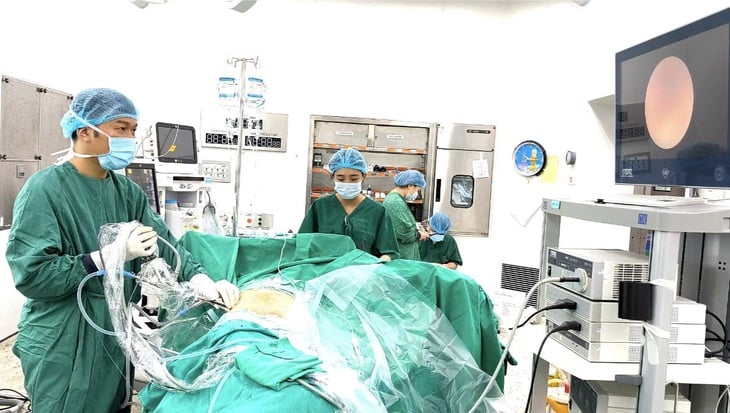
Doctors at the Hospital for Tropical Diseases perform surgery on a patient - Photo: BVCC
Two years ago, Mr. T. was diagnosed with bladder cancer, underwent a total cystectomy, and had two ureters inserted through the skin. After surgery, Mr. T. was placed with a JJ catheter, also known as a JJ catheter, a double J-shaped ureteral catheter. This is a soft catheter, curved at both ends like the letter J, from the renal pelvis down to the ureter to drain urine out, while waiting for the ureter to recover from damage.
According to the instructions, the JJ catheter needed to be removed within 3 months. However, Mr. T. did not go for a follow-up examination to have the catheter removed because he thought his health was normal, despite being reminded many times by the doctor and his family.
About 2 weeks ago, Mr. T. felt tired, had a slight fever and discovered a piece of the JJ catheter had broken and was leaking out of the colostomy bag. Panicked, he went to the hospital for a check-up.
Doctor Tran Duy Hien, Department of General Surgery, Urology and Andrology, said: "After examination, we could not remove the JJ catheter by conventional methods. Because the catheter was left in for too long, the patient was ordered to have a CT scan. The results showed that stones were stuck around the JJ catheter, occupying almost the entire area of the renal pelvis on both sides.
The right kidney has a large stone 34 x 29mm, the left kidney 20 x 13mm with many small scattered stones. The stones on the kidney cause grade 3 hydronephrosis.
In particular, the patient's blood potassium index was up to 6.9 mmol/L (normal blood potassium is from 3.5 mmol/L - 5.0 mmol/L), with the risk of cardiac arrest at any time. Therefore, the patient was taken for emergency dialysis immediately."
After the blood filtration process brought the potassium index back to normal, the patient was given antibiotics to control the infection. Immediately after that, Mr. T. underwent percutaneous nephrolithotomy on both kidneys. After lithotripsy, re-examination showed that the kidneys were still inflamed and severely swollen.
"Previously, in cases like Mr. T's, it would have been necessary to perform open surgery on both kidneys to remove the JJ catheter - a method that causes great damage to kidney function and affects the patient's health.
Nowadays, thanks to modern technology, patients can undergo percutaneous nephrolithotomy, which helps remove stones effectively and minimally invasively. Thanks to that, the patient recovers very well, does not need to undergo dialysis again, and kidney function has improved significantly. After only 5 days, the patient's health has stabilized and he is ready to be discharged from the hospital," Dr. Hien shared.
Doctor Hien recommends that patients after intervention to break up urinary, ureteral, and kidney stones are often placed with a temporary JJ catheter. It is very important to remove the JJ catheter on time. Patients must comply with the doctor's appointment to remove the catheter.
Source: https://tuoitre.vn/quen-rut-ong-thong-nieu-quan-suot-2-nam-nguoi-dan-ong-bien-chung-nang-ne-20250826162848584.htm










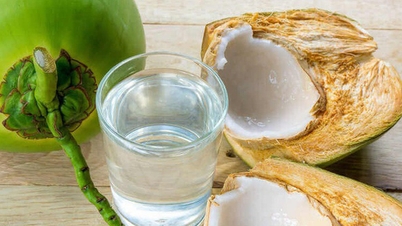






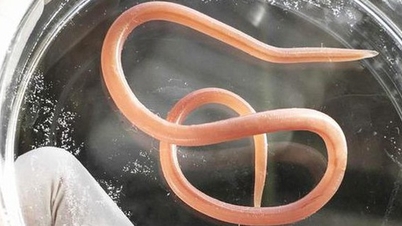

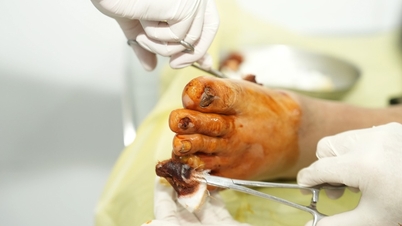

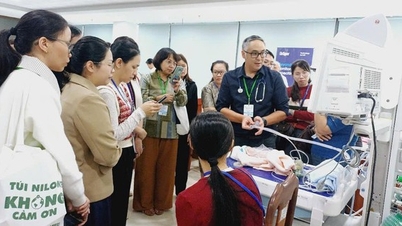
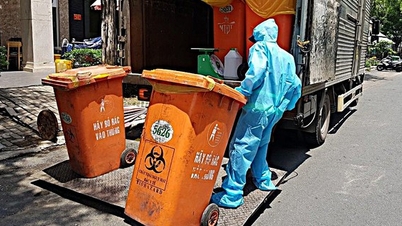












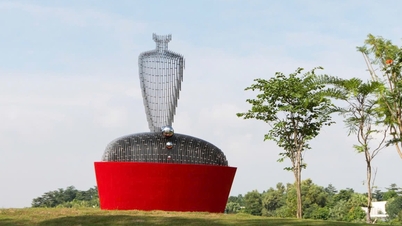








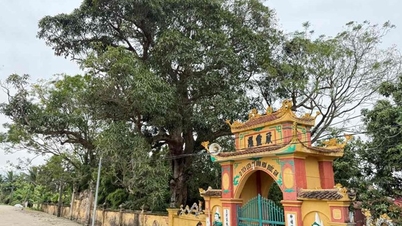















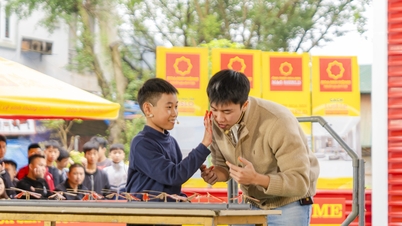



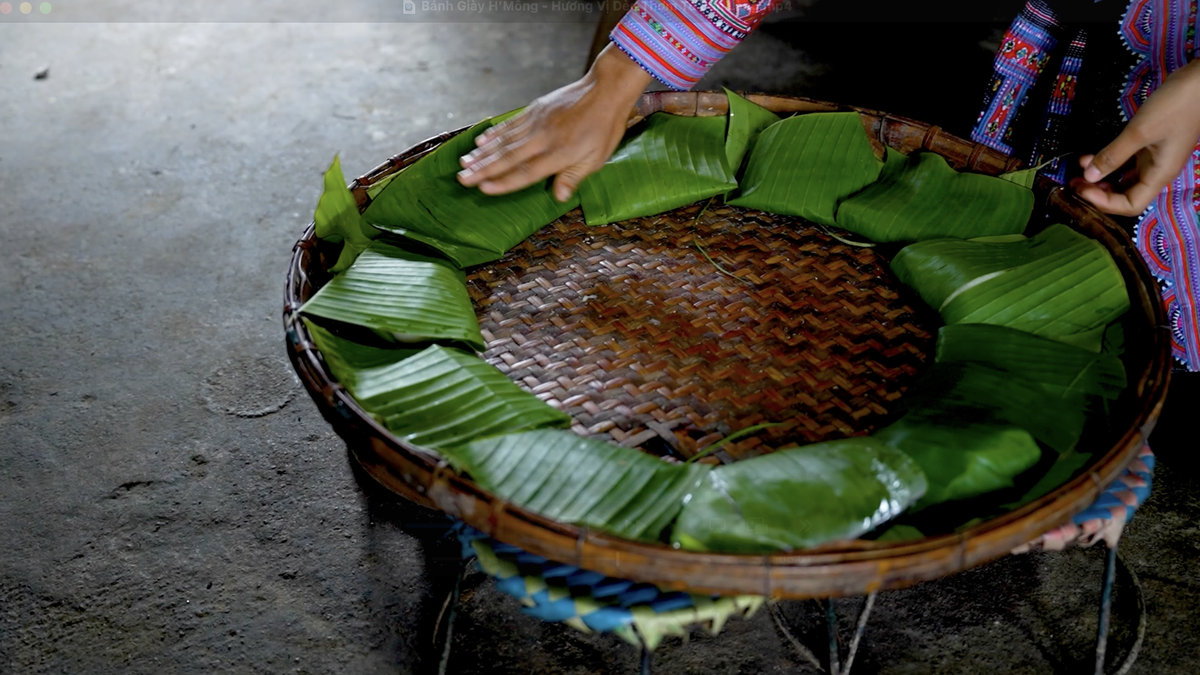

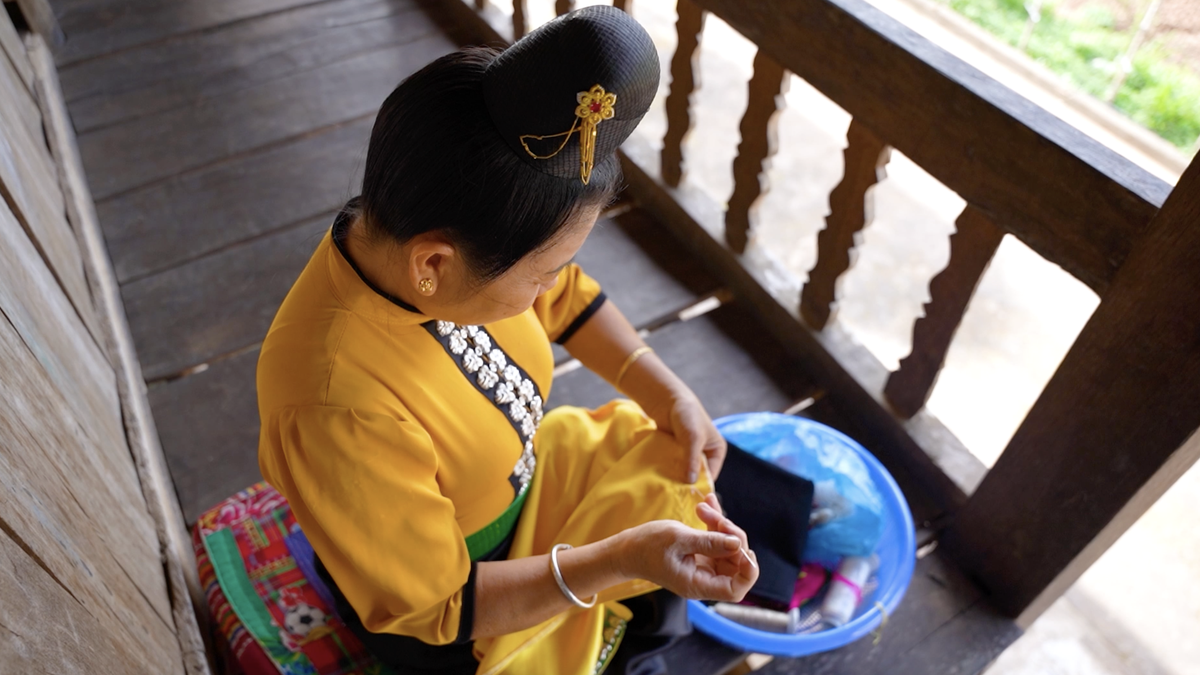








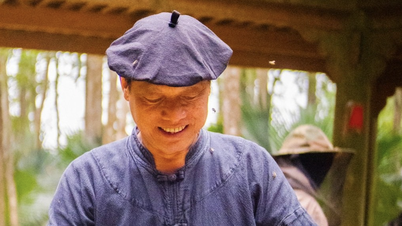









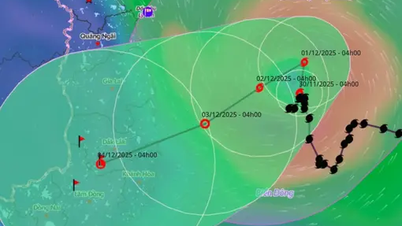

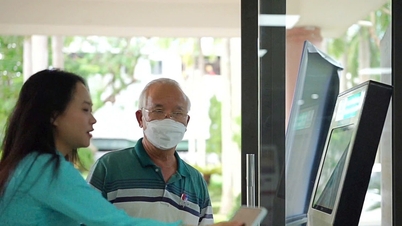



















Comment (0)